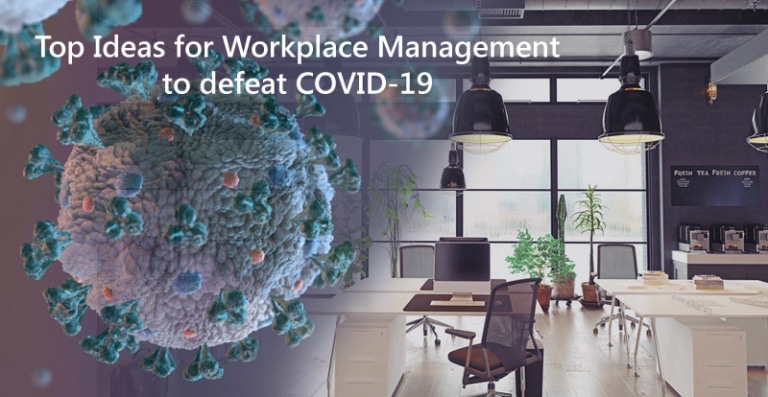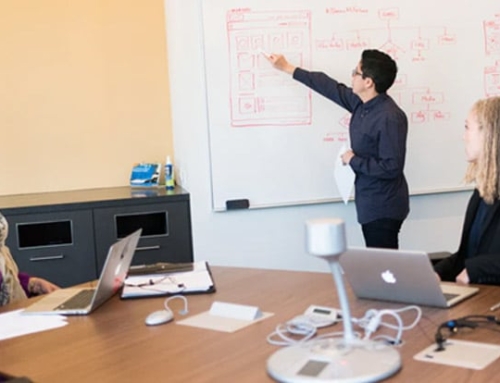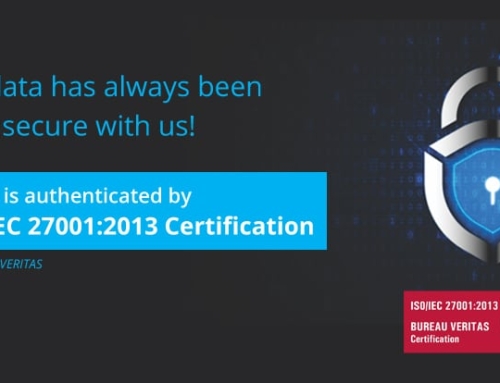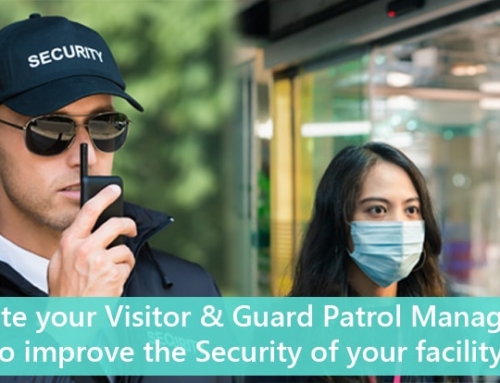COVID-19 has changed the objectives of facility management in organizations in a way never imagined, and the priorities have also changed dramatically. We need to do more of the below:
- More stringent disinfection & fumigation and auditing of the cleaning activities
- Screening of visitors and employees with fever symptoms and travel history
- Implementing “physical distancing” i.e, Social distancing at the workplace
- Enabling increased work-from-home options as a health & safety measure and also an employee privilege, providing more distributed seating arrangements in the form of hot-desking to enable saving infrastructure costs.
eFACiLiTY® already covers a lot on the above priorities and irrespective of whether you use eFACiLiTY® or not, we thought it would be useful for you to read through this to see how you can implement such systems to meet the new challenges faced because of COVID-19.
Use of Space Planning & Facility Reservation Systems during & post COVID-19 crisis
- The Work-from-home concept has caught-up nicely for most desk jobs and this helps to save costs and is also considered as a privilege. This concept will be used more in future irrespective of any pandemic or any similar situation in future. In this Work-from-home scenario, hot-desking functionality and meeting room bookings need to be more automated and streamlined, making the Space Management System and Facility Booking System modules highly imperative.
- Physical distancing – Desk Spaces: When “social” or “physical” distancing is implemented, planning the seating arrangements by filling only alternate desk spaces can be achieved and also limiting the number of people in a particular area becomes important and this can be managed only when a proper space management system is in place.
- Physical distancing – Meeting Rooms: When physical distancing is required in the workplace, we may have to reduce the number of people who can occupy a meeting room. So when people reserve meeting rooms via the facility booking system, the occupancies can be displayed applying the social distancing norms.
- Physical Distancing – Cafeteria/Dining Areas: Allow seat booking in cafeterias/dining areas by applying social distancing norms and adhering to defined time-slots to ensure that these areas don’t get overcrowded. The dining area bookings can be displayed in the mobile app as a QR Code for gatekeepers to quickly scan or view and allow entry to these areas.
- Optimizing Real-estate Costs with well-informed decisions: With the implementation of Work-from-home option, the space management system can provide accurate occupancy analysis reports helping the space planners to optimize the available space across multiple sites and areas based on the occupancy levels and modify the lease contracts to save considerable cost. With a properly implemented work-from-home policy and hot-desking policy, humongous real estate costs can be saved.
- Disinfecting/Day cleaning: Fumigation and more frequent cleaning would become a norm when people get back to work this COVID-19 lockdown. By implementing the hot-desking concept, workplaces can be restricted for use during certain times to enable facility managers to disinfect and deep clean work areas. The meeting rooms/conference rooms also can be disinfected/cleaned based on the time slots during which these resources are not occupied. The planning of these activities can be well managed with the data available in the space management system and facility booking system.
- Save Energy Costs: By tracking the space utilization across all areas, facility managers can save costs by altering the operational parameters like HVAC & Lighting operational hours, fresh-air intake, set temperatures etc. This will also result in savings in equipment maintenance and replacement costs.
- Increased traceability: In the hot-desking environment, the space management system will help identify the employee-wise space occupied, the people who were sitting close to any individual, all the people who used that particular area at any given time, enabling to trace the contacts in case of need.
Screening of Visitors with COVID-19 background
- The visitor management system can be used to collect the travel history and get declarations signed by the visitors before their visits/appointment requests are approved.
- The security/reception desk can record the body temperature captured to ensure that the visitors are not having fever.
- The visitor movement history captured using access control integration or indoor tracking of visitors using BLE devices can help in tracing the movement of a visitor. In case the visitor is later detected to be infected, the occupants who may have come in contact can be easily identified.
Touch-free Smart Building Controls reduces the spread of infection
- The high-touch surfaces touched by multiple people boost the spread of multiple viruses
- eFACiLiTY® Smart Building controls integrate with the Building Automation or Building Management Systems (BMS/BAS) to automate the lighting and indoor air-conditioning unit’s operation based on the occupant’s entry and exit by integrating with the access control systems. The users can also manually control their environment using the mobile app using their mobile devices.
- The meeting room and conference room controls are also enabled automatically in the mobile app for the host/attendees to operate the lighting and air-conditioning systems without touching any switches/remotes.
- This eliminates contact to high-touch surfaces reducing the spread of the viruses.
Live Air-quality/Relative Humidity Monitoring to ensure proper air-circulation
- Droplet transmission (main mode of COVID-19 transmission) can be contained by maintaining indoor relative humidity above 40% (Comfort range is between 30-60%). Both droplet and airborne virus transmissions can be reduced by ensuring that the fresh-air supply/ventilation system and air-conditioning are working perfectly.
- eFACiLiTY® Environmental Dashboards enables you to install large screen displays that can display the indoor humidity, temperature, CO2 and PM 2.5/10 levels inside the different areas of your building by either integrating with your Building Management Systems (BMS/BAS) or other independent sensors.
- This gives a live picture of the quality of indoor air that everyone is breathing, not only to the facility managers, but also every single occupant of the facility. Any CO2 increase indicates the insufficient air-circulation and drop in humidity indicates air-conditioning failure and both can increase droplet/airborne transmissions.
- The software also triggers email/SMS, mobile app notifications and work orders when the humidity or the CO2 levels are breached in any part of the building enabling the facility managers to act swiftly to reduce the virus transmission.
Stringent & Increased Cleaning & Disinfection activities to ensure a germ-free work environment
- The challenge faced in the cleaning activities is the need for frequent inspection that is time & resource-intensive and often difficult to ensure.
- When the cleaning jobs are performed, the staff can be enabled to record the video/take pictures before & after or when the disinfection/cleaning is performed using their mobile devices against the work orders creating a visual log of all work performed
- This procedure is generally used while remote jobs are performed like preventive maintenance of remote mobile towers etc. and this can be extended to the disinfection activities.
- eFACiLiTY® Smart Facility App allows the staff to take videos/picture before or after or while performing the jobs.
Disinfection Tips
- Usage of Steam Cleaners save about 75% of water with no detergents used and is more effective in killing germs compared to regular disinfectants
- Disinfecting High-touch Surfaces: Use alcohol wipes to wipe the high-touch surfaces like switches, doorknobs and handles every few hours. Steam fumigation is a good option leaving out switches.
- Sensor-based water taps: Saves a lot of water and reduce germ collection / infection since it is touch-free.
- Touch-free Soap Dispensers: Touch-free and replaceable cartridge/pouch-based soap dispensers collect the least germs
- Increased Ventilation: Clean the air-filters more often and maximize the fresh-air supply to reduce virus transmission. Running the fresh-air supply units and exhaust fans during night times help in ensuring that the contaminated air is taken out of the building completely.
- Air-purifiers with HEPA filters: Installing additional indoor air-purifiers with HEPA filters may be feasible for smaller buildings. HEPA filters remove a great number of germs.













